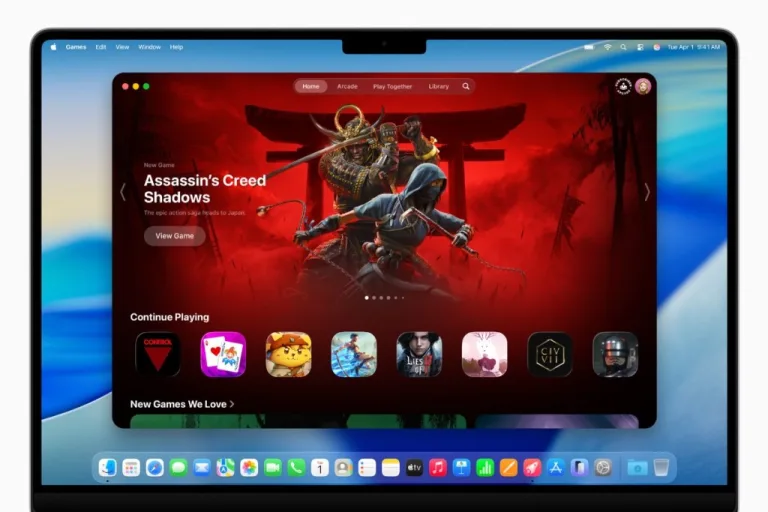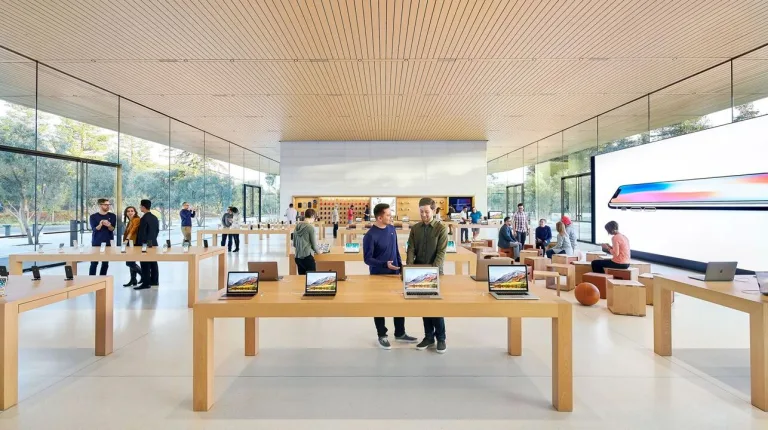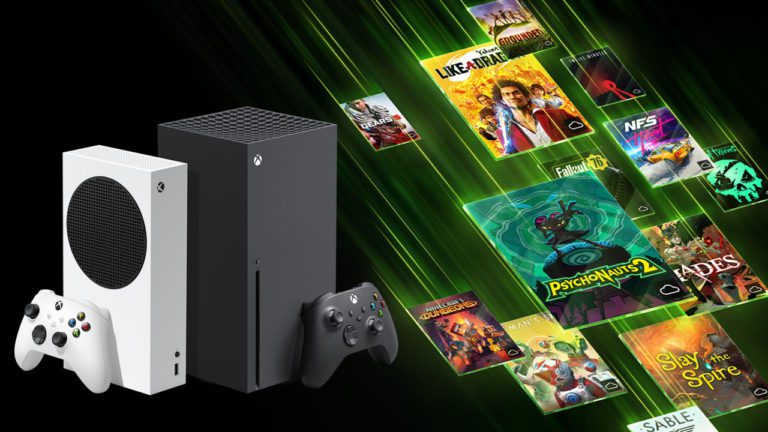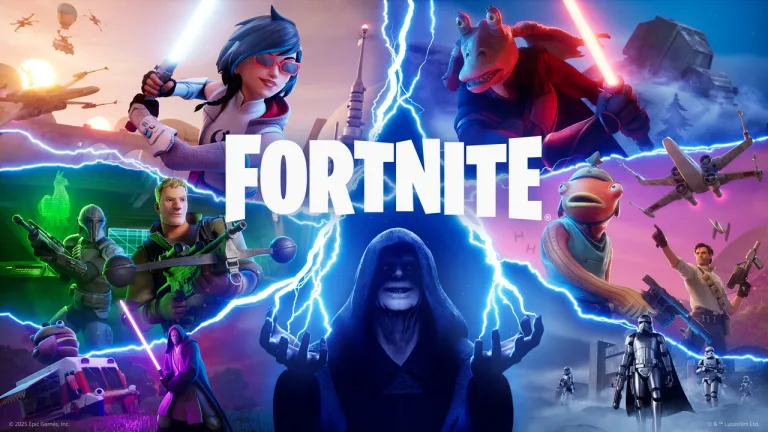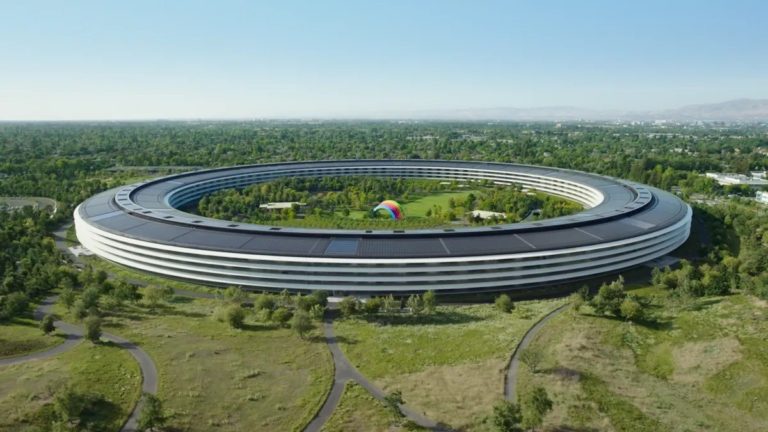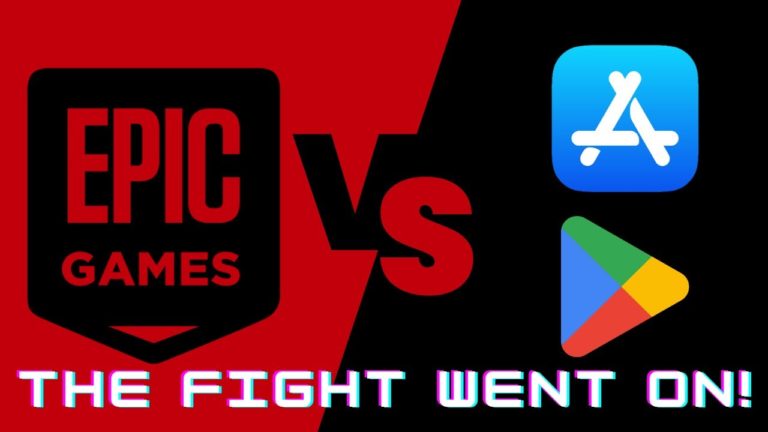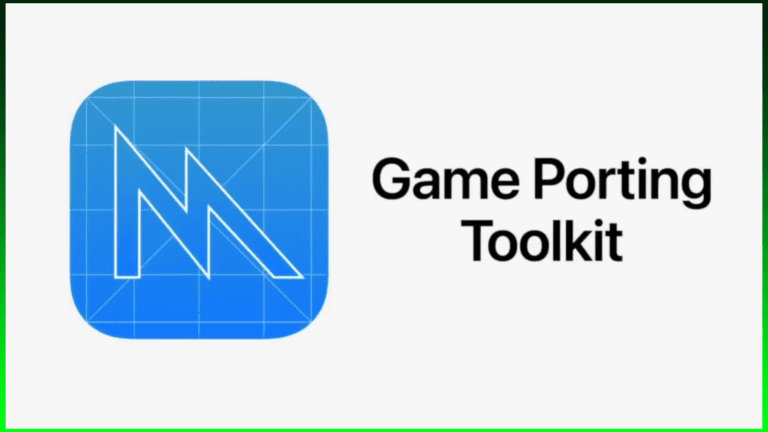Apple’s September 2025 “Awe Dropping” event wasn’t just about sleeker designs and camera upgrades—it marked a pivotal...
Apple
Apple dedicated less than ten minutes of its two-hour WWDC keynote to gaming, yet the slide-deck was...
Apple is making a bold move into gaming with its upcoming dedicated gaming app, set to launch...
Microsoft has formally accused Apple of obstructing the launch of its Xbox mobile web store, initially planned...
After nearly five years of absence, Fortnite is finally making its way back to iOS. This marks...
Apple recently announced its Q1 2025 earnings, revealing record-breaking revenue of $124.3 billion, a 4% increase year-over-year....
In the past few weeks, we’ve seen a legal battle between Epic Games and Google that can...
Despite calling it a big victory, Apple wasn’t at all happy that in the Epic Games lawsuit...
From this year, it will be a great year to say that gaming in a Mac computer...
After many years of rumors within the tech and Apple fandom communities, the time arrived at WWDC...



